Preparations for Muharram in full swing around Lahore’s Lohari Gate
Artisans are crafting sacred items like Alam, Tazia, which carry powerful spiritual meaning in Muharram rituals
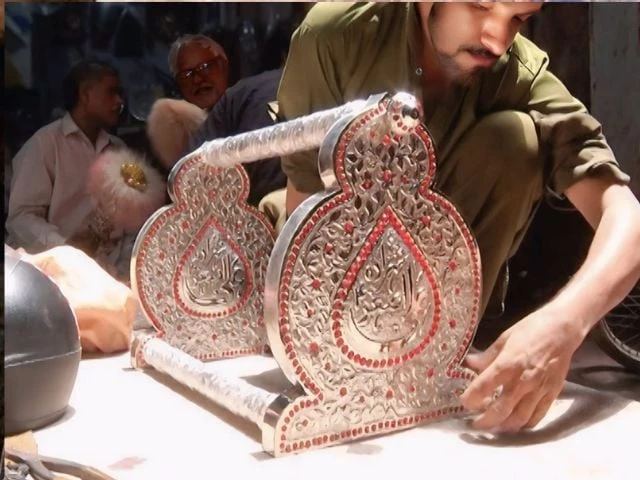
In Lahore’s historic walled city, particularly around Lohari Gate, preparations for Muharram are in full swing with artisans devoting themselves to crafting ceremonial ornaments used in religious processions.
Items such as the Alam, Tazia, Zarih and Shabeeh-e-Zuljanah are being meticulously handmade each holding deep spiritual and cultural meaning for Shia mourners during the sacred month.
Demand for these symbolic artifacts surges in the lead-up to Muharram, though orders are placed throughout the year. Many of the craftsmen have inherited the trade from earlier generations, preserving the intricate techniques that give these items their distinctive identity.
Among them is Mukhtar Ahmad, a veteran artisan, who has been handcrafting Muharram ornaments for over four decades. “There was a time when these pieces were made with pure gold and silver,” he told The Express Tribune. “Due to cost, brass is more common now, but every piece is still made entirely by hand.”
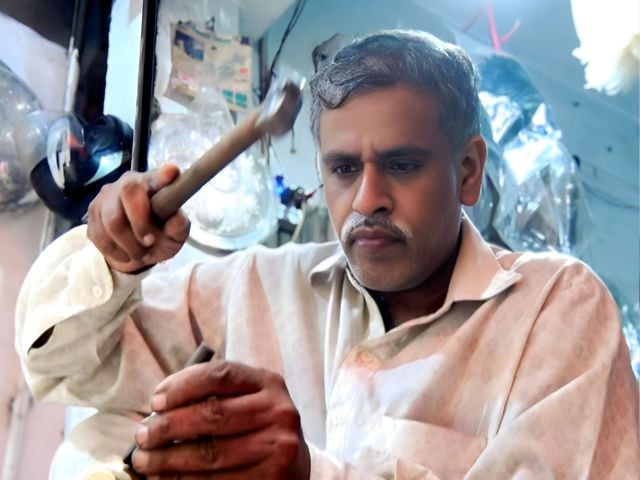
Photo: Asif Mehmood
Mukhtar Ahmad noted that while Chinese manufacturers have begun mass-producing some ceremonial items, the detailed artistry required in these particular ornaments remains beyond automation. “If they ever start making these as well, we’ll have no work left,” he said with concern.
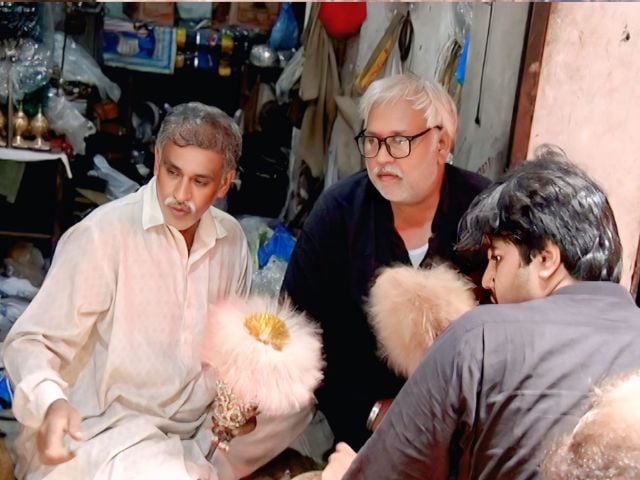
Photo: Asif Mehmood
The cost of a complete set of ornaments for a Shabeeh-e-Zuljanah can reach PKR 100,000, and prices rise significantly for custom designs in silver or gold finishes. Despite the cost, devotees often insist on handcrafted pieces to honour their religious traditions.
“This is not just craftsmanship,” said Sabt Hasan, a local mourner. “The Alam represents the bravery of Hazrat Abbas (RA), the Tazia commemorates the martyrs of Karbala, the Zarih symbolises reverence for Imam Hussain (RA), and the cradle reminds us of Hazrat Ali Asghar (RA). These are sacred emblems of love, not mere decorations.”
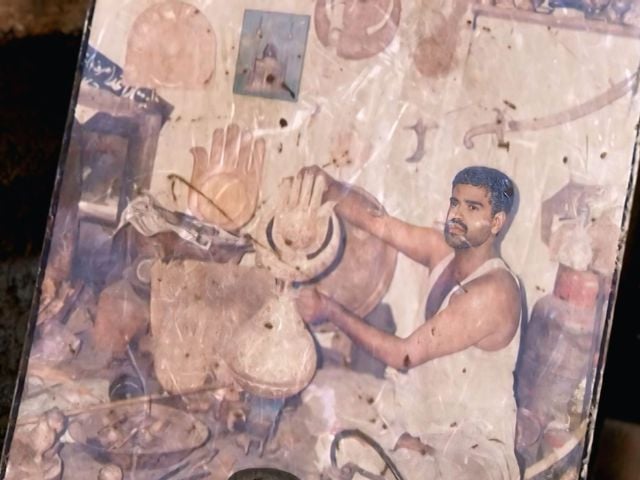
Photo: Asif Mehmood
In Lohari Gate, workshops are bustling with activity. The sound of hammers, the gleam of ornaments, and heartfelt conversations about devotion create an atmosphere unique to this time of year. Artisans work around the clock to ensure timely delivery of orders before key processions.
The tradition of crafting ceremonial ornaments for Muharram is not only a cultural heritage of Lahore but also a living legacy. Each year, it is revived with renewed passion.
The dedication, skill, and faith of these artisans serve as a reminder that Muharram is not only a time of mourning but also a period of spiritual reflection, cultural continuity, and collective remembrance.




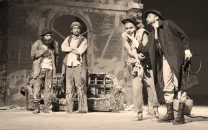





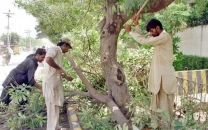

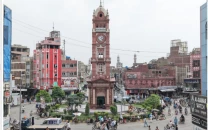












COMMENTS
Comments are moderated and generally will be posted if they are on-topic and not abusive.
For more information, please see our Comments FAQ